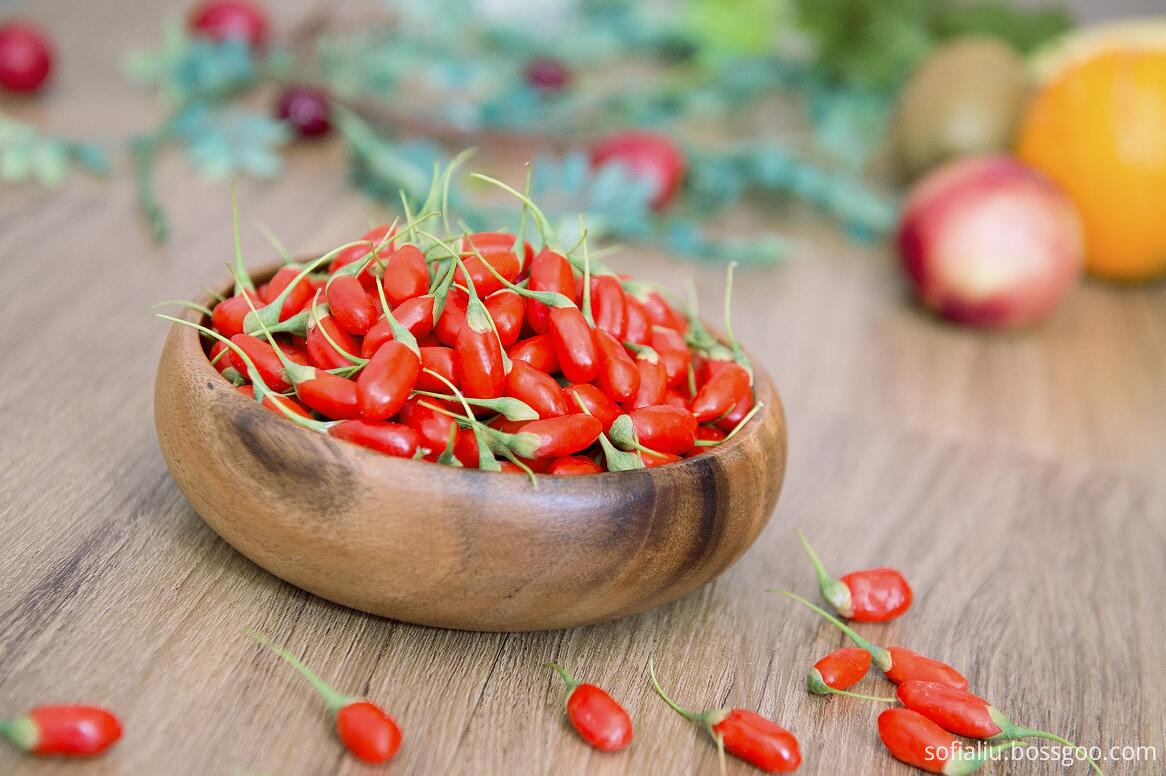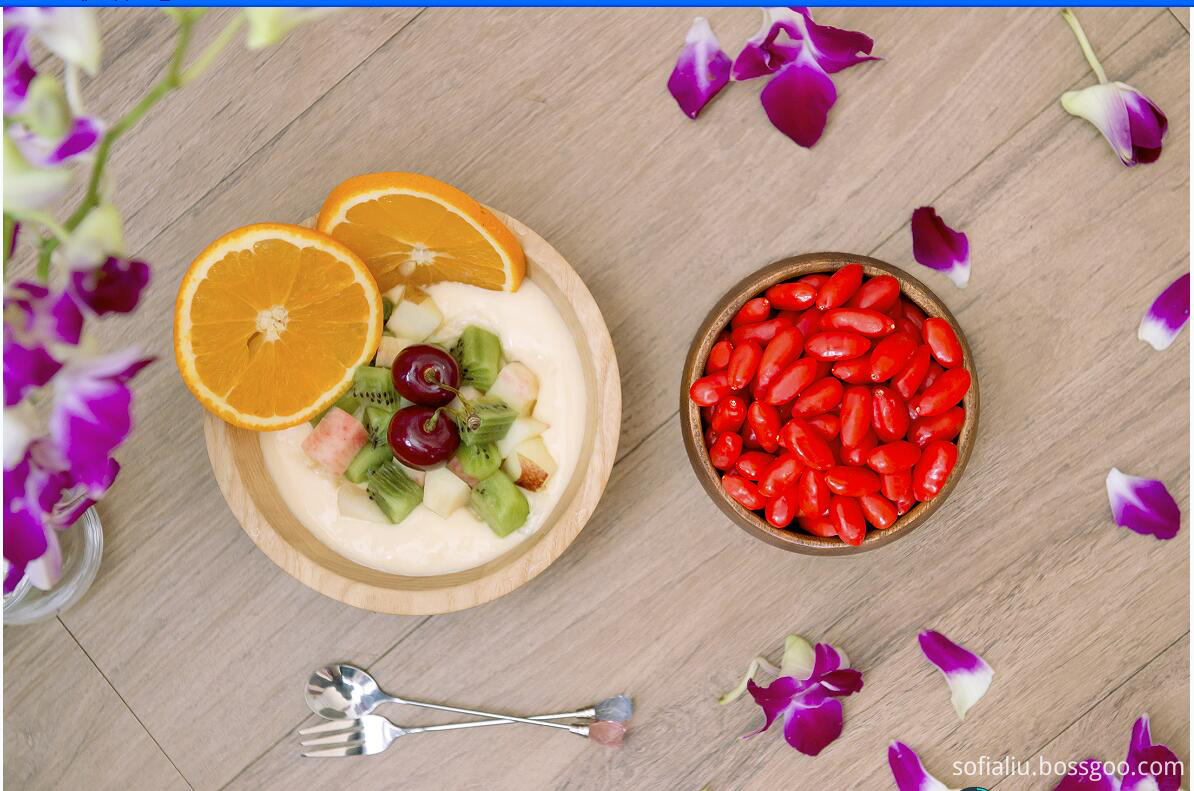In recent years, the raw materials used by Mushroom farmers to grow Pleurotus ostreatus in the spring and early summer are many of the raw materials left last year, and often contain crickets. Aphid feeding Pleurotus mycelium and fruiting bodies, resulting in reduced yield of Pleurotus ostreatus, serious loss of income. At present, the temperature gradually rises, and it is very suitable for the growth and development of earthworms. I. Major pests 1. Distribution and damage of the coarse-grasshopper: This species is widely distributed throughout the world. In the production of edible fungi, the mealworms often occur in the environment contaminated by bacteria. Because of their activities, the bacteria are enlarged and the healthy fruiting bodies are rotted. The mealworms can also directly feed the mycelia of Pleurotus ostreatus. Caused a reduction in production, even lost. Morphological features: Male adult males have a length of 240-320 μm. Female females have a body length of 350-650 μm. The body is colorless. The limbs and feet are pale yellow to reddish-brown and the back ends are blunt. The foot is thicker and it is divided into 6 sections. Habits: Cotyledons often enter the mushroom house with non-high-temperature fermentation or incomplete disinfection of the culture material or through the insect vector, wind media, labor tools, etc. to the mushroom bed. After the inoculation of edible fungi, if there is contamination with bacteria, they will quickly gather in the places where there are more molds. At a suitable temperature and high humidity, reproduction is rapid. At a temperature of 23°C and a humidity of 87%, it takes only 9 to 11 days to complete one generation. When the amount is large, a large amount of peeling and excrement are left on the culture material or mycelium, giving off a mild smell. The coarse calliper has strong cold resistance, but its resistance to drought is very poor. Eggs can hardly hatch under relative humidity of 60%. Under dry conditions, it can form a dormant body between the first and second ages. . In addition to its own crawling in the mushroom house or mushroom bed, the cockroach spreads mainly on other pests and carcasses. 2. The distribution and damage of tyrophthalmia: The pupa is a worldwide disease that is widespread in the country. Frequently mixed with the coarse calliper, harmful to fungi. The victim's storage often has a bad odor. In addition, substances with tyrosine, rot, are eaten by humans and can cause rashes, and dermatitis can sometimes occur after the skin has touched the pimple. Morphological characteristics: adult male adult 280-350 microns long, smooth skin, shiny; female body length 320-415 microns, body shape, length and arrangement of bristles and male raccoon similar; young pod milky white, 3 pairs of feet; 4 pairs of feet can be divided into 1st Ruoqiang and 2nd Ruoqiang. Habits: As long as the environmental conditions are appropriate, it can grow, develop and reproduce all year round. In China, during the prosperous period of the mussels, during the rainy season, the dragonfly moves quickly and likes to operate in dark places. He often clusters on the surface and is afraid of dryness. The eggs need to be incubated at more than 70% relative humidity. Second, the law of occurrence 1, the cause of the occurrence of pests Pleurotus ostreatus planting close to the warehouse, feed, sheds and store rough, cottonseed hull, rapeseed cake, etc., or through insects, etc. to the mushroom bed; when the disinfectant The maggots and their eggs hidden in the crevices were not killed; the strains with harmful fleas; the culturing materials with harmful cesium were not thoroughly treated; the soil was not sterilized when the soil was covered, and the soil contained harmful cesium; In the case of a strain that causes damage, the mycelium at the mouth of the bottle is not dense enough and the atrophy is degraded, and even hyphae are not visible in the medium. When Pleurotus ostreatus is infected with harmful bacteria, the white fungus becomes black, and it emits an offensive odor. When the young mushroom or mature fruiting body is damaged, brown or yellow spots appear on the cap or stipe of the wound; the shape is not uniform; the spots are dark or brown in the initial spots, and the edges are dark brown and light or hollow in the middle, but the fruit body does not decay. Third, the prevention and control methods 1, culture room, mushroom house and culture material disinfection mushroom house to install fine mesh screen doors, screens, ventilation holes should also be installed on the gauze, the gap around the room body mud tightly sealed, to avoid insects fly into Bring lice to the bed of bacteria in the room. The strain culture room should be built away from livestock houses, poultry houses, and warehouses. It is strictly forbidden to stack wood chips, cotton husks and other culture materials and debris; it is necessary to regularly sterilize the culture room and mushroom house, and spray pesticides around the house, the ground, and cultivation. Bed frame to eliminate cockroaches and pests. The culture material is subjected to two fermentations or high temperature sterilization to kill the pests in the material. Do a good job in environmental sanitation and reduce the contamination of germs, so as to reduce the damage caused by ticks. 2, to ensure that strains are absolutely no time to carefully check the strains, strains found in the strainer bottles have to be eliminated; or suspect that strains of bacteria have to be sown. 3, when the drug is found on the bed of the mushroom, it can be sprayed with drugs: it can be used with Keziite 2000 times solution and Baume 0.5-1.0 degree lime sulfur agent. It can also be trapped and killed: the fresh tobacco leaves are laid on the surface of the culture material harmed by the fungus, and when the bacteria on the tobacco leaves gather more, the tobacco leaves are gently removed and burned off; if it is found that there are still aphids, the former method can be used. Continue until there are no worms. Alternatively, take 10 ml of boiling water, 100 ml of vinegar, and 10 grams of sugar. Mix well and stir until dissolved. After cooling, add a drop of dichlorvos and stir into the sweet and sour sauce. The gauze is soaked in the prepared sweet and sour liquid, soaked and soaked, and then spread on the culture material or the mushroom bed harmed by the mite. After trapping the mites on the gauze, the gauze is removed and the mites are stenched and burned by boiling water. Until the locust is basically killed.
Goji berries nutrients improve cell communication and have antioxidant as well as anti-inflammatory properties. These substances have been shown to increase mitochondrial function and detoxification. It has also been shown that nutrient dense foods such as Goji berries are far superior to supplementation with isolated nutrients contained in juices, capsules or tablets.
Goji berries have been in use for at least the last 1,700 years. They have become a staple in not only in Eastern cuisine, but also Eastern medicine.
In Chinese mythology, goji berries are known as the fruit of immortality. Even today, Chinese medicine uses goji berries to treat the liver, immune system, circulation problems, and more.
.
Funtion of Goji Berry:
1) Inhibit tumor growth and improve disease resistance;
2) Powerful anti-oxidant which extends life, and improves the memory;
3) Neutralize the side effects of chemotherapy and radiation;
4) Normalize blood pressure & balance blood sugar
5) Lower cholesterol, lose weight.
6) Support eye health and improve your vision.
7) Support healthy liver function.
8) Support normal kidney function
9) Increase calcium absorption

Please feel free to leave us message.
Any inquiry would be replied within 2 hours on working days!
Production Specification Sheet
|
Product Name
|
Goji Berry
|
Country of Origin
|
Ningxia in China
|
|
ANALYSIS
|
DESCRIPTION
|
TEST METHODS
|
|
Product Name
|
Conventional Goji Berry
|
Organic Goji Berry
|
|
Form
|
Spindle and slightly shrinks
|
SN/T 0878
|
|
Color
|
Bright red or purplish red
|
SN/T 0878
|
|
Taste and Smell
|
Characteristic
|
SN/T 0878
|
|
Size
|
280granule/50gram
380granule/50gram
500 granule/50gram
|
160granule/50gram
220granule/50gram
Ungraded
|
SN/T 0878
|
|
Total bacterial count, cfu/ml
|
≤100000
|
GB4789.2
|
|
Salmonella
|
Absence
|
GB/T 4789.4
|
|
SO2
|
NMT 30
|
SN/T 0878
|
|
Moisture, %
|
NMT13
|
GB/T 5009.3
|
|
Pb, mg/kg
|
NMT 2.0
|
GB/T 5009.12
|
|
As, mg/kg
|
NMT 1.0
|
GB/T 5009.11
|
|
Cu, mg/kg
|
NMT 10.0
|
GB/T 5009.13
|
|
Pesticide Residue
|
Acetamiprid <0.2PPM;
Imidacloprid<0.2PPM;
Fenvalerate<0.1PPM;
Cypermethrin<0.1ppm
negligible with other pesticides
|
Negative
|
GB/T 19648-2006,
GB/T 200769-2008
|
|
Shelf life
|
12 months months if stored in a cool ventilated dry place
|
|
Package
|
4.54Kg/Bag, 4Bags/ Carton (10Pounds/bag,4bags/Carton);
5KG/Bag,4Bags/Carton
|
|
Storage
|
It should be stored under the dry and ventilated environment in original bag, the temperature no more than 20 ℃
|
Conventional Goji Berry
Conventional Goji Berry,Conventional Goji,Conventional Dried Goji Berries,Conventional Wolfberry
Ningxia Wolfberry Goji Industry Co.,ltd , http://www.nx-wolfberry.com

